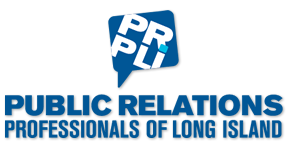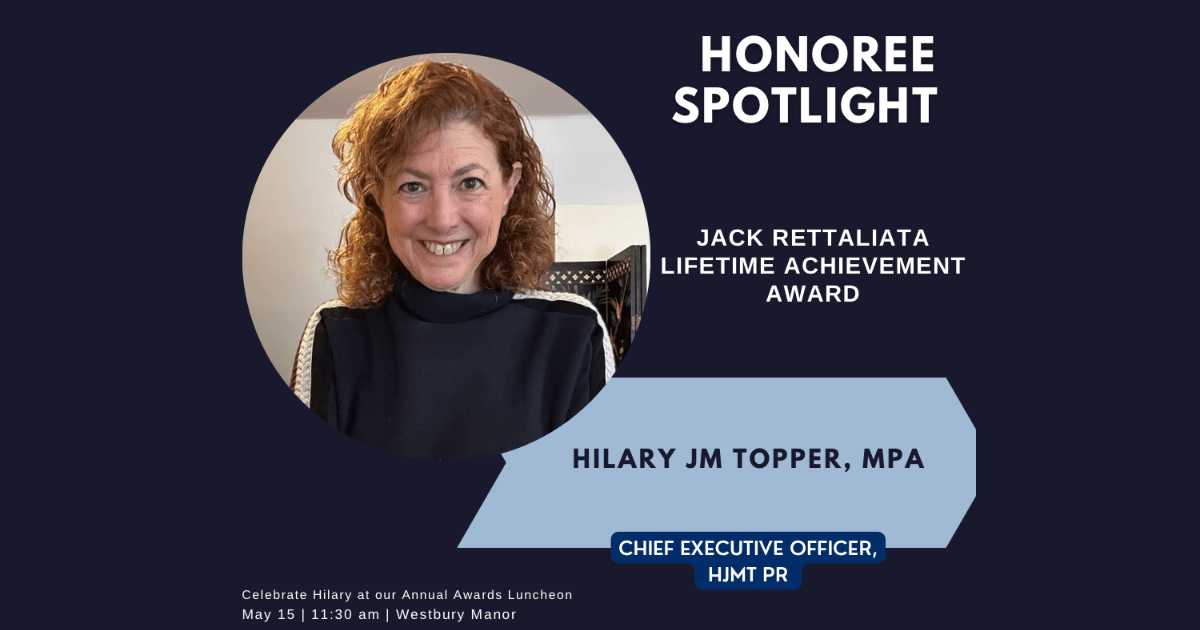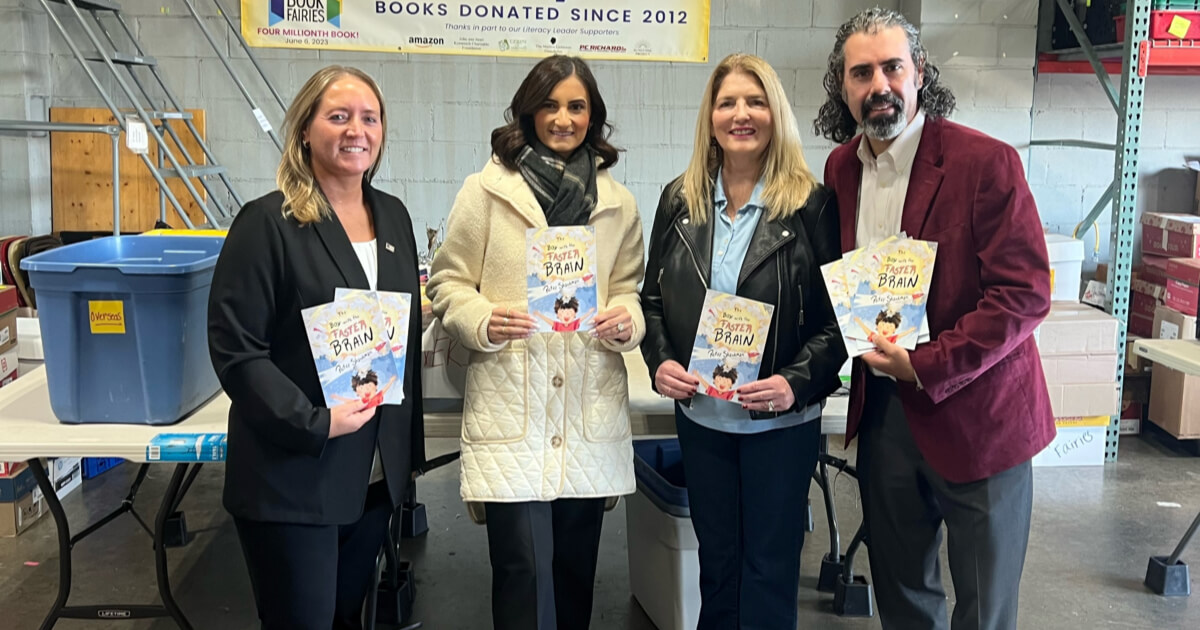By Caitlin Freeny
This past Wednesday, I had the pleasure of attending PRPLI’s Meet & Pitch the Media Night. I wasn’t sure entirely what to expect, as I’ve never attended a panel on Zoom before, but the online format did not hinder the panelists from providing valuable insight. The panel primarily discussed the ways the journalistic landscape has changed because of COVID-19 and how to set one’s pitch up for success. Throughout the exploration of these topics, the panel highlighted their pitch pet-peeves and their preferred pitches, providing those of us on the PR side elements to consider when crafting our stories to present to the media.
The panel was comprised of four familiar faces from Long Island media: Sophia Hall of WCBS News Radio, Doug Richards of News 12, Joie Tyrrell of Newsday, and Greg Cergol of NBC. The panel was moderated by David Chauvin, executive vice president of ZE Creative Communications. I found the panelists to be honest and straightforward, describing their daily routines and giving real advice about how to craft a more successful pitch. It was interesting to hear how COVID-19 has affected the schedules of journalists. Some are working completely remotely while others are still in the field, armed with masks and microphones on six-foot poles.
COVID-19 has truly changed the way reporters function, so a significant portion of the evening was dedicated to discussing these changes and how PR professionals need to adapt to them. These changes have affected the types of stories news outlets are looking for; communication between journalists and PR people; and how photo, video and audio is collected to accompany stories. Doug Richards explained that the best stories right now are ones that have a personal, human angle. He also emphasized the importance of letting the people tell their stories. The other panelists echoed this sentiment, describing the impact of past stories they’ve covered that captured this human element well.
The panelists offered a treasure trove of wisdom, but there were two key pieces of advice that I took away from this panel regarding pitching: keep it brief and be sure to pitch to the right reporter. Thanks to COVID-19, reporters’ inboxes and voicemailboxes have been overflowing with more messages than ever before. A pitch has to be made quickly while still incorporating key points. If not, the journalist likely won’t have time to even look at the pitch, much less consider it. Both Sophia Hall and Greg Cergol mentioned the importance of including the location in the tagline, as they only look at pitches for the areas they cover.
The panelists also expressed how frustrating it is when PR people attempt to pitch a story that is not applicable to the reporter. It seems if one wants the best chance of getting a story on the air or online, they have to make sure they’re talking to the person most well-suited to deliver the story. Joie Tyrrell mentioned that using existing connections is often a useful tool to find the right person to pitch a story to. She said that it is sometimes hard to understand the inner workings of an unfamiliar newsroom, so don’t be afraid to email someone who does.
This panel was a valuable educational experience, and I am grateful I was able to attend. Hearing media professionals go into depth about how COVID-19 has changed the media landscape was eye-opening, and it’s always helpful to hear what kind of stories need to be pitched. I believe that the information the panel conveyed was useful for both students like myself and seasoned PR professionals alike. PRPLI truly put on a fantastic event even under the constraints of the virtual format.






